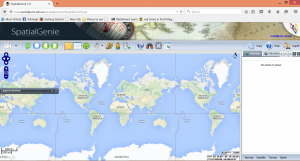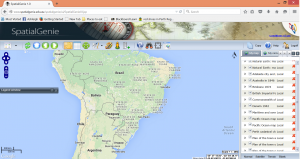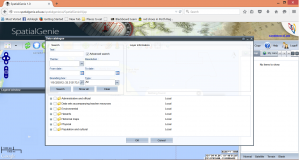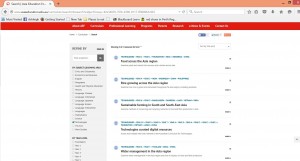
Subject: Design and Technologies
Years(s): 3-4
Link to resource: http://www.coolaustralia.org/activity/national-recycling-week-closing-loop/
Strand: Knowledge and Understanding
Sub Strand:
- Recognise the role of people in design and technologies occupations and explore factors, including sustainability that impact on the design of products, services and environments to meet community needs (ACTDEK010)
- Evaluate design ideas, processes and solutions based on criteria for success developed with guidance and including care for the environment (ACTDEP017)
Cross Curricular Capabilities
- Literacy
- Critical and Creative Thinking
Links to other subjects
A classroom activity with this resource
Cool Australia’s Closing the Loop activity is an excellent way to engage student learning by using online tools to understand the importance of recycling and the impact it has on our planet (“Activity: National Recycling Week: Closing the Loop”, n.d.). The resource also allows students to investigate, analyse and communicate their ideas using design and technology solutions, which further broadens their critical and creative thinking (“Activity: National Recycling Week: Closing the Loop”, n.d).
The activity is designed for students to work independently at a computer, and research about different professions, who are important in the role of design and technology, and the production of sustainable technologies. Students are then free to explore the research provided, and interpret their own ideas on an online worksheet, which can then be posted to the ‘dashboard’ – an online tool where only the teacher can see the students answers and is able to download and mark at another time.
This resource is an excellent way for students to work with a range of online applications, such as writing URL’s and clicking on links to research information, and therefore is a valuable resource to engage students into learning about the design and technology processes in sustainability.
How this activity works in a classroom
Before the lesson begins, the teacher much create an account at coolaustralia.org in order to access the lesson materials, and to create a ‘dashboard’. The teacher must also book out a computer lab, or alternatively, the students can use their own devices if they have access.
The lesson also involves a personalized link so when students submit their work, it locates back to their classroom dashboard. Therefore, in order to get a personalized link, make sure you are logged onto the Cool Australia, look up the resource, and click ‘classroom share’ which is located at the ‘student worksheet’ section. A link will pop up on screen, and you can copy the link and ask students to write it into their URL’s when they log on, or share onto a classroom blog.
Once your students have logged on and found the web page, they are free to work independently online.

References
Activity: National Recycling Week: Closing the Loop. (n.d.). Retrieved from: http://www.coolaustralia.org/activity/national-recycling-week-closing-loop/


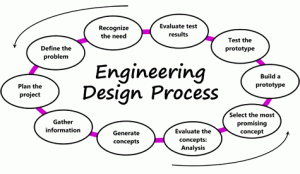

 how to package a fragile item to ensure that it would remain safe and unbroken when being transported in the post.
how to package a fragile item to ensure that it would remain safe and unbroken when being transported in the post.




